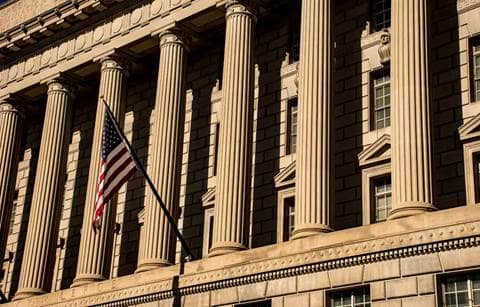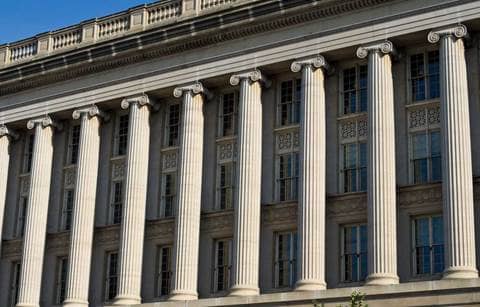Effective Jan. 1, 2022, a provision of the Tax Cuts and Jobs Act (TCJA) is set to take effect and, unless legislative action is taken to change the provision, it will create a significant change to the treatment of research and experimental expenditures under Section 174 of the IRC (Sec. 174 expenses).
Historically, businesses have had the option of deducting Sec. 174 expenses in the year incurred or capitalizing and amortizing the costs over five years. However, the new TCJA provision eliminates this option and will require:
- Sec. 174 expenses associated with research conducted in the United States to be capitalized and amortized over a five-year period.
- Sec. 174 expenses associated with research outside of the United States to be capitalized and amortized over a 15-year period.
For example, if a business spends $100 on domestic research activities in 2021, it can deduct the full $100 of Sec. 174 expenses in 2021. But, starting in 2022, $100 spent on research will be deducted incrementally over a five-year period. The reduction of currently allowable deductions could lead to a possible unexpected increase in taxable income, especially in the first few years that these rules apply.
Distinguishing between Sec. 174 expenses and the R&D credit
At first glance, one might think that this change only applies to businesses that claim an R&D credit. But it’s important to note that Sec. 174 expenses and the R&D tax credit are two distinct concepts. While all R&D credit expenses must qualify as a Sec. 174 expense, not all Sec. 174 deductible expenses need to meet R&D credit requirements. Businesses often have Sec. 174 expenses even if they don’t claim R&D tax credits.
While it’s relatively easy for a business to see if they’ve claimed the R&D credit (tax returns will include IRS Form 6765), current tax forms often don’t clearly report the total amount of Sec. 174 expenses. Due to some ambiguity in the tax rules, Sec. 174 expenses often end up lumped into a business’s other reported current deductions.
Following are two key reasons that a business may have Sec. 174 expenses, whether they were reported as such or not, to claim an R&D credit:
- First, the Sec. 174 expense may not qualify for the R&D credit. The R&D credit calculation focuses on direct research expenses, such as the wages paid, supplies purchased, and amounts paid for the use of contractors. Sec. 174 includes these amounts as well, but also permits deductions for certain indirect research expenses, such as facilities costs and depreciation, which are specifically excluded from the R&D credit calculation.
- Second, the R&D credit is a credit for increasing research activities. Businesses will only generate a credit in years when qualified spending exceeds a certain baseline. Under current law, Sec. 174 costs are deductible in the year incurred, without having to exceed any threshold amount. So, in some years, a business might incur Sec. 174 deductible costs that would also qualify for the R&D credit calculation, but not have enough of those costs to exceed the required baseline and generate a credit.
Next steps for Sec. 174
It’s important that every business start reviewing Sec. 174 research costs that may or may not have been deducted in recent years to determine the potential impact on projected taxable income in 2022 and beyond. For many, that will mean identifying and tracking these costs for the first time.
Multinational businesses that incur research expenses in different countries will need to identify not only the money spent, but also the location where it was spent in order to properly track whether the expenses are subject to the five-year versus 15-year amortization period. On the bright side, these reviews may also identify opportunities to amend recent tax returns to capture unclaimed R&D tax credits.
Stay tuned
Keep in mind that there are large organizations, including Fortune 100 companies, lobbying to restore current-year deductibility of Sec. 174 before this provision goes into effect. This position has bipartisan support in Washington, but also carries a high price tag. For those who remember the R&D credit’s decades-long struggle, it’s worth noting that this provision could wind up getting a similar treatment — delayed implementation for a year or two at a time in order to reduce the budget impact of a full elimination.
To learn more about how the amortization of Sec. 174 expenses could affect your business and for updates on the status of attempts to change the law, please contact your Plante Moran advisor.





